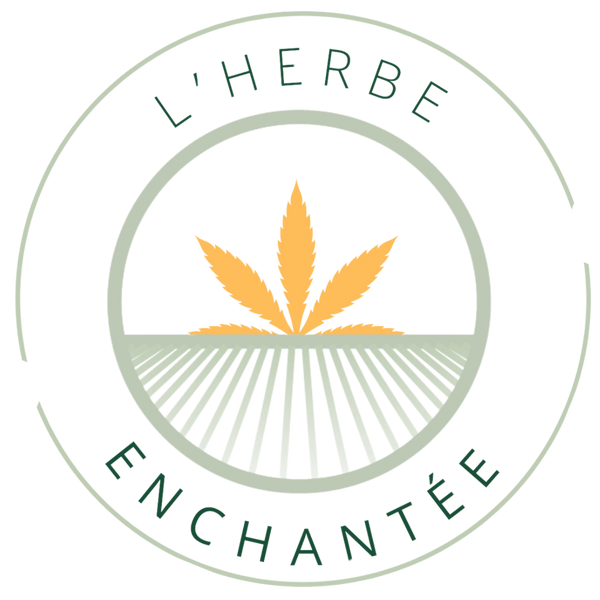As the CBD market explodes, it's becoming increasingly difficult to know exactly what's in the products we buy. In this article, discover the main traceability challenges in the CBD industry, the regulations in place, and the solutions emerging to ensure greater transparency.
The challenges of traceability in the CBD industry
The traceability of CBD products poses a real problem. The figures are alarming: approximately 80% of products on the market do not meet traceability standards. And that's not all.
Here are the main challenges that complicate the situation:
- Actual CBD content: 30% of products tested contained less of this substance than indicated on the label. It's difficult to know if you're getting value for your money.
- THC content: 70% of products do not meet legal THC concentration standards. This is problematic because THC is the psychoactive molecule in cannabis, which is strictly regulated.
- Health quality: Analyses have revealed the presence of pesticides and heavy metals in certain products. These contaminations can be dangerous to health.
To protect yourself, it's important to choose brands that provide certificates of analysis from independent laboratories. These documents allow you to verify the product's exact composition and the absence of harmful substances.
Regulations and standards for CBD in Europe
European regulations strictly regulate the marketing of CBD. In France, only products containing less than 0.3% THC are authorized for sale. This limit is a standard that also applies to hemp extracts. For cosmetics, the regulations require specific safety assessments, currently underway at the European level. Manufacturers must also adhere to precise labeling rules: product origin, exact composition, CBD and THC levels. Be careful, however, with food products containing CBD: they are considered illegal in France until they receive the green light from the European Food Safety Authority. To stay within the rules, it's best to turn to traditional products like oils or cosmetics, carefully checking their certifications.
How to improve transparency in the CBD industry
Faced with the challenges of CBD traceability, new solutions are emerging to ensure greater transparency. Innovative technological tools now enable precise monitoring at every stage of production. Independent certifications also play a key role, rigorously verifying product quality and compliance.
The importance of certifications and quality labels
Labels and certifications have become essential for ensuring the quality of CBD. They make a real difference in the transparency of the industry by verifying several key aspects:
- Crop quality: no pesticides, compliance with organic standards
- The purity of the final product: CBD level, absence of contaminants
- Production conditions: respect for the environment and workers
- Complete traceability: from seed to finished product
Among the most reliable certifications are ECOCERT and Fair Trade. These labels require strict and regular inspections. To obtain them, producers must prove that they meet specific criteria at each stage of production.
A practical tip: before purchasing CBD, always check for at least one recognized certification on the packaging. This is your best guarantee of quality.
CBD flowers processed with solvents and artificial flavors
Another major issue in the CBD industry concerns flowers processed with solvents or artificially enriched with terpenes. These practices, while common, raise serious questions about product quality and safety.
The dangers of solvents in extraction
Some producers use chemical solvents like butane or ethanol to extract cannabinoids from CBD flowers. While these methods are effective at maximizing yield, they can leave toxic residues in the final product. These residues, if not properly disposed of, can be harmful to your health.
Solvents can also alter the natural properties of flowers, reducing their potency and quality. To avoid these risks, it's best to choose products made from solvent-free extractions, such as those using ice water or supercritical CO2.
Artificial flavors and added terpenes
To enhance the taste and aroma of CBD flowers, some producers add artificial terpenes. While these additives can make the product more appealing, they are not always natural and can mask quality defects.
Natural terpenes, found in CBD flowers, play a key role in the entourage effect, enhancing the benefits of CBD. However, artificial terpenes don't offer the same benefits and may even cause adverse reactions in some consumers.
To ensure an authentic and safe experience, choose natural CBD flowers, without artificial flavors or added terpenes. Also, check that the terpenes present are of natural origin and not synthetic.
And you, do you pay attention to the traceability and quality of the CBD products you buy? Share your experience in the comments!

